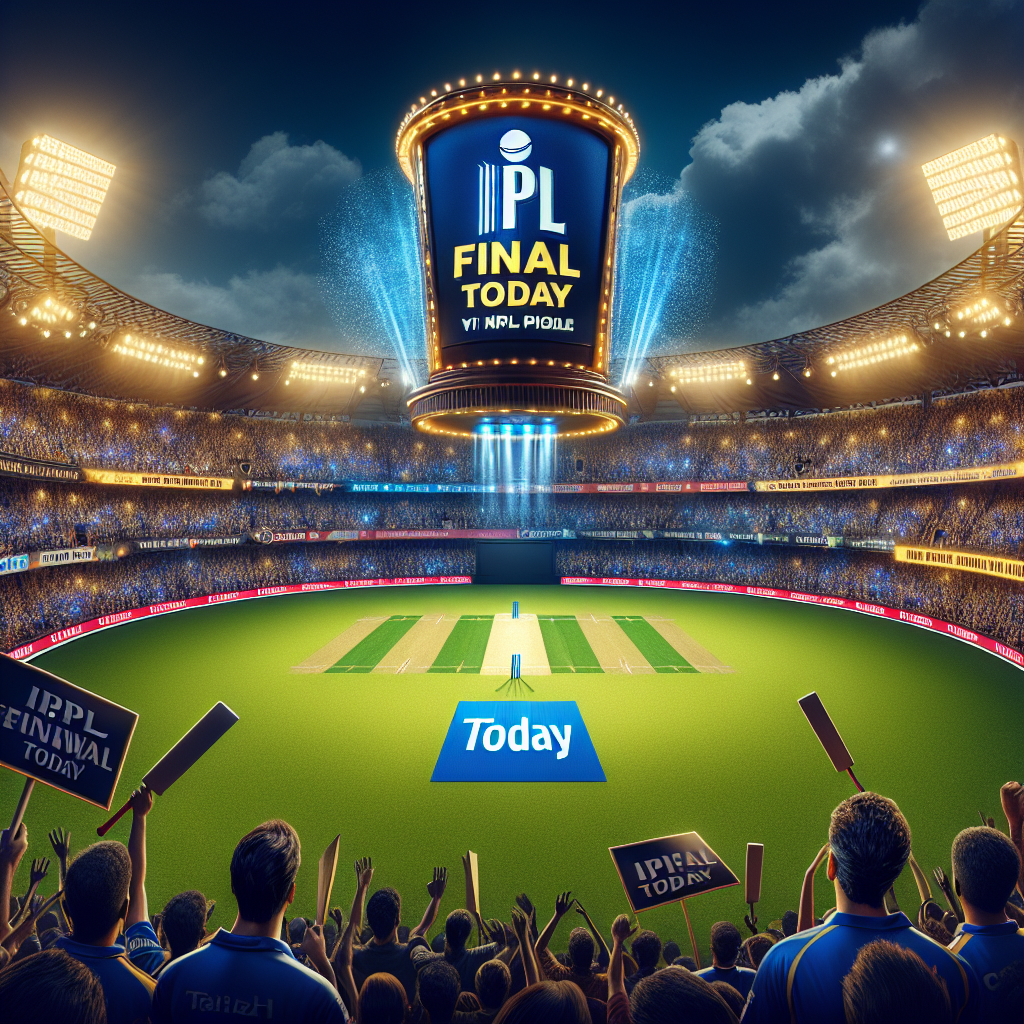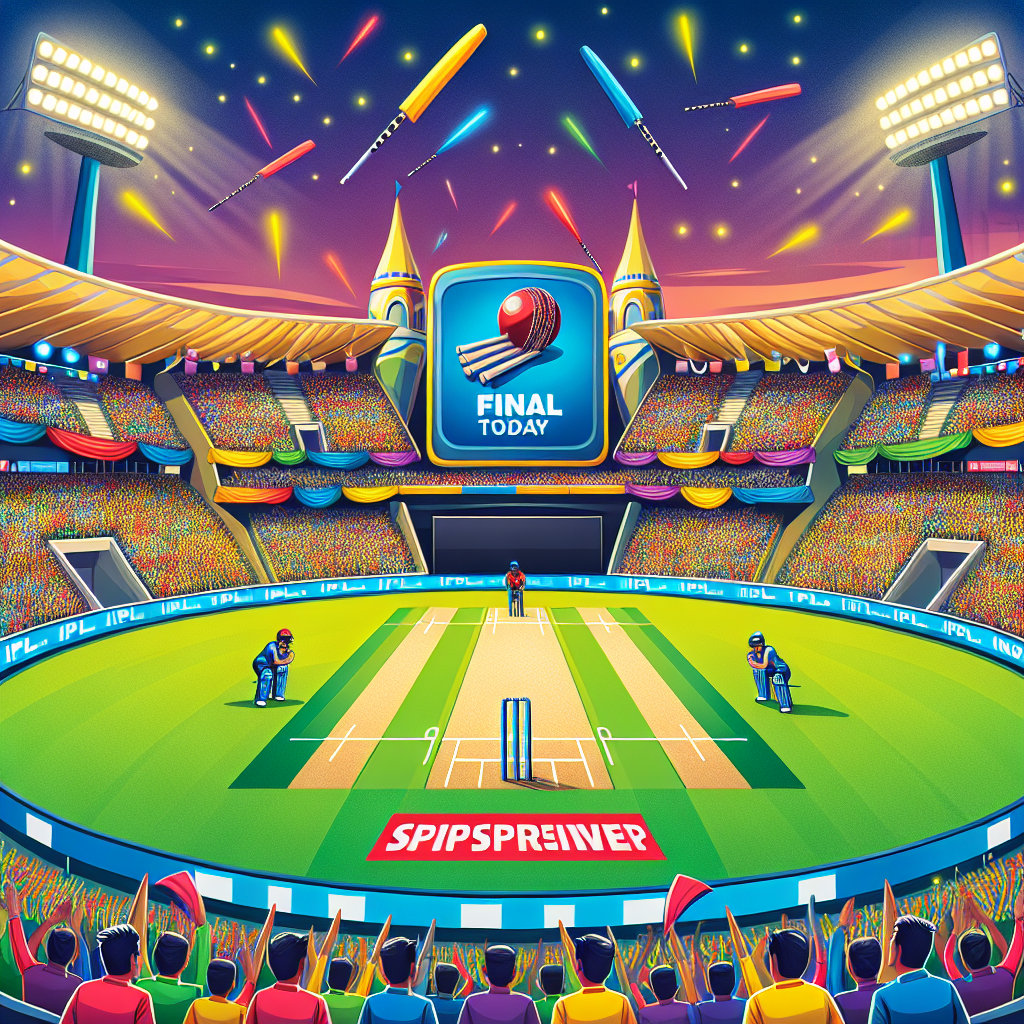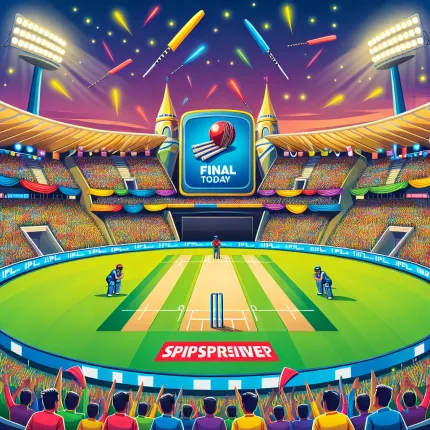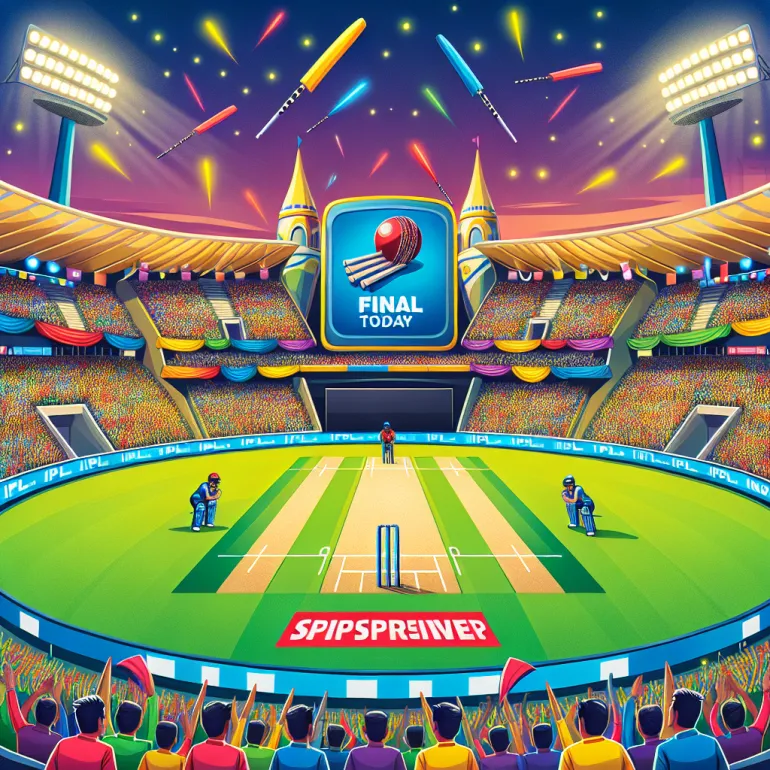
The Indian Premier League (IPL) is one of the most celebrated cricket tournaments globally, drawing millions of fans and viewers each year. The excitement surrounding the IPL final is unparalleled, as it marks the culmination of weeks of intense competition among the world's best cricket players. But what makes the IPL final so special, and how does it impact the cricketing world and beyond? In this article, we will explore the significance of the IPL final, its history, and its influence on cricket and popular culture.
The Significance of the IPL Final
The IPL final is not just another cricket match; it is a grand spectacle that captures the attention of fans worldwide. The final is the climax of the tournament, where the two best teams face off to claim the coveted IPL trophy. The significance of the IPL final can be understood through several key aspects:
- High Stakes: The IPL final is the ultimate test of skill, strategy, and nerves. Teams have battled through a grueling schedule to reach this stage, and the pressure to perform is immense.
- Global Audience: The IPL final attracts a massive global audience, with millions of viewers tuning in from different parts of the world. The match is broadcasted in multiple languages, making it accessible to a diverse fan base.
- Star Power: The IPL is known for its star-studded line-ups, featuring some of the biggest names in cricket. The final often showcases thrilling performances from these cricketing icons.
- Cultural Impact: The IPL final is more than just a sporting event; it is a cultural phenomenon. It brings together people from various backgrounds, uniting them in their love for the game.
A Brief History of the IPL Final
The IPL was inaugurated in 2008, and since then, it has grown exponentially in popularity and stature. Each season culminates in a final that determines the champion team. Here is a brief overview of some memorable IPL finals:
- 2008: The inaugural IPL final saw the Rajasthan Royals, led by Shane Warne, defeat the Chennai Super Kings in a thrilling encounter.
- 2010: The Chennai Super Kings, under the leadership of MS Dhoni, claimed their first IPL title by defeating the Mumbai Indians.
- 2016: The Sunrisers Hyderabad, captained by David Warner, won their maiden IPL title by overcoming the Royal Challengers Bangalore.
- 2019: The Mumbai Indians clinched their fourth IPL title in a nail-biting final against the Chennai Super Kings, winning by just one run.
These finals have not only provided thrilling cricketing action but have also created lasting memories for fans and players alike.
The Economic Impact of the IPL Final
The IPL final is not just a sporting event; it is a significant economic driver. The tournament generates substantial revenue through various channels:
- Broadcasting Rights: The IPL's broadcasting rights are sold for astronomical sums, with networks vying for the opportunity to air the matches. The final, in particular, attracts premium advertising rates due to its high viewership.
- Sponsorships: The IPL attracts numerous sponsors, ranging from multinational corporations to local businesses. The final provides these sponsors with a platform to reach a vast audience.
- Tourism and Hospitality: The IPL final often boosts local economies, as fans travel to the host city to witness the match live. This influx of visitors benefits the hospitality and tourism sectors.
The economic impact of the IPL final extends beyond the cricketing world, influencing various industries and contributing to the overall economy.
The Social and Cultural Influence of the IPL Final
The IPL final is more than just a cricket match; it is a cultural event that brings people together. Its influence can be seen in several areas:
- Unity and Diversity: The IPL final unites fans from different regions and backgrounds, fostering a sense of camaraderie and shared passion for the game.
- Celebrity Endorsements: The presence of Bollywood stars and other celebrities at the IPL final adds to its glamour and appeal, attracting even non-cricket fans to the event.
- Social Media Buzz: The IPL final generates significant buzz on social media platforms, with fans sharing their excitement and opinions, creating a vibrant online community.
The IPL final's social and cultural impact extends beyond the cricket field, influencing popular culture and societal trends.
Case Studies: Memorable IPL Finals
To understand the excitement and drama of the IPL final, let's delve into two memorable finals that left a lasting impact on fans and players:
2014: Kolkata Knight Riders vs. Kings XI Punjab
The 2014 IPL final was a high-scoring affair between the Kolkata Knight Riders (KKR) and Kings XI Punjab. Batting first, Punjab posted a formidable total of 199 runs, thanks to a brilliant century by Wriddhiman Saha. In response, KKR's Manish Pandey played a match-winning innings, scoring 94 runs to guide his team to victory. This final was a testament to the thrilling nature of T20 cricket, with both teams showcasing their batting prowess.
2017: Mumbai Indians vs. Rising Pune Supergiant
The 2017 IPL final was a nail-biter between the Mumbai Indians and Rising Pune Supergiant. Batting first, Mumbai posted a modest total of 129 runs. In a tense chase, Pune fell short by just one run, handing Mumbai their third IPL title. This final highlighted the importance of composure and strategy in high-pressure situations, with Mumbai's bowlers delivering a stellar performance to defend a low total.
Statistics: The Numbers Behind the IPL Final
The IPL final is a treasure trove of statistics, reflecting the performances of players and teams over the years. Here are some intriguing stats:
- Most Titles: The Mumbai Indians hold the record for the most IPL titles, having won the tournament five times (as of 2023).
- Highest Individual Score: Wriddhiman Saha's 115* in the 2014 final remains the highest individual score in an IPL final.
- Best Bowling Figures: Anil Kumble's 4/16 in the 2009 final is the best bowling performance





